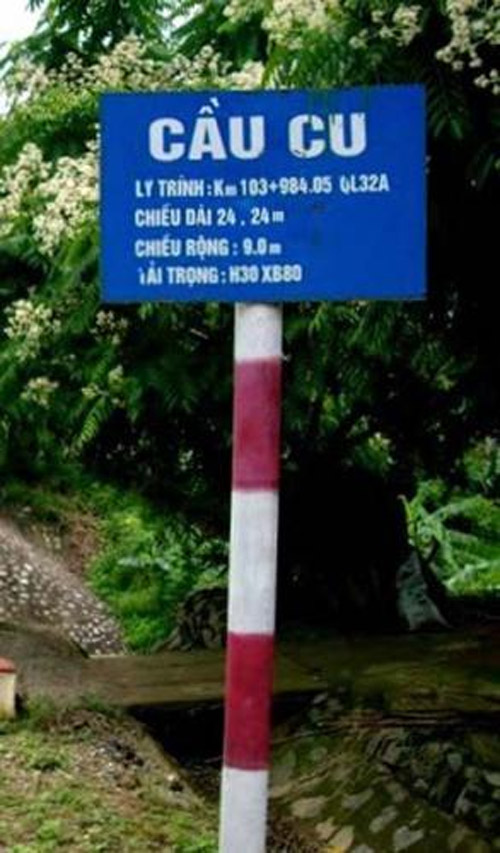Nhng Cai Ten Hai Hc
-mat-xe-may-dien-moi-nhat-cua-minh-duoi-cai-ten-zeus.html 2018-05-17 0.5.
| Class overview | |
|---|---|
| Name: | Ning Hai class |
| Operators: |
|
| Preceded by: | Zhào Hé class |
| Succeeded by: | None |
| Planned: | 2 |
| Completed: | 2 |
| Lost: | 2 |
| General characteristics | |
| Type: | Light cruiser |
| Displacement: | 2,526 t (2,486 long tons) standard |
| Length: | 360 ft (109.7 m) |
| Beam: | 39 ft (11.9 m) |
| Draught: | 13 ft (4.0 m) |
| Propulsion: | Triple-expansion Reciprocating Steam Engines; coal/oil-fired boilers |
| Speed: | 21–23 knots (39–43 km/h; 24–26 mph) |
| Range: | 5,000 nmi (9,300 km) at 12 kn (14 mph; 22 km/h) |
| Complement: | 361 |
| Armament: |
|
| Armour: |
|
| Aircraft carried: | 2 x floatplane (Ning Hai only) |
| Aviation facilities: | Hangar and crane only (Ning Hai only) |
The Ning Hai class were a pair of light cruisers in the Chinese fleet before World War II. Ning Hai (Chinese: 甯海; literally: 'Peaceful Seas'), the lead ship of the class, was laid down in Japan while the follow-on, Ping Hai (Chinese: 平海; literally: 'Amicable Seas'), was laid down in China and completed with Japanese assistance to a slightly modified design that included the deletion of seaplane facilities (Ning Hai had a small hangar for two seaplanes). While Ning Hai was quickly commissioned, tensions between China and Japan plagued the efforts to complete Ping Hai. Both served as flagships of the Republic of China Navy (ROCN), with Ping Hai taking over the role from its older sister ship since April 1937. The ROCN had an ambitious plan to procure a larger and more-powerful command cruiser and then to reassign the two vessels as scouts/flagships of submarine flotillas, but the outbreak of war with Japan put an end to all related efforts (including the acquisition of submarines).

Ning Hai and Ping Hai were sunk in defense of the Kiangyin Fortress, Yangtze River, near Nanking by Japanese aircraft (of which the two ships shot down four) on 23 September 1937, but then refloated by the Japanese. Originally they were to be transferred to the puppet government of Wang Jing-Wei, but the Japanese then had a change of heart and outfitted them first as barracks hulks and ultimately as escort ships Ioshima (Ning Hai) and Yasoshima (Ping Hai) in 1944.
Nhung Cai Ten Hai Huoc Nhat Viet Nam
Design[edit]
The Ning Hai class were a compact cruiser design, with the main armament of six 140 mm (5.5 in) guns in three twin turrets giving each ship the same broadside as the Japanese cruiser Yūbari at around half the cost. The lead ship of the class Ning Hai also had a small hangar for two single-seat floatplanes, a Japanese-built Aichi AB-3 and a similar aircraft of local design, the Naval Air Establishment Ning Hai.
Font free download illustrator. Jan 9, 2019 - Download Axiforma. The font is available in all formats (Axiforma woff2, Axiforma woff, Axiforma ttf, Axiforma eot). Axiforma Heavy Italic. Axiforma-Heavy download fonts free Dafonts, free download full. Axiforma SemiBold download fonts free Dafonts, free download full. Font Family: Axiforma SemiBold. Font Name: Axiforma. Style / Weight: Bold. Mar 25, 2017 - About this font family Axiforma was designed with the single idea of creating a font that starts with the letter A, because let's face it, this is the.
The Ning Hai class did have a number of drawbacks. Their high centres of gravity, a common flaw to numerous Japanese-designed warships of the era, made the ships unstable in heavy seas. Their use of obsolescent triple-expansion engines, dictated by building cost considerations, kept their maximum speed at around 21–23 knots (39–43 km/h; 24–26 mph). Given the ships' primary role as coastal defence ships, these were probably acceptable trade-offs.

Ships[edit]
| Name | Builder | Laid | Launched | Completed | Fate |
|---|---|---|---|---|---|
| Ning Hai | Harima Dock Co., Ltd. | 20 February 1931 | 10 October 1931 | 1 September 1932 | Sunk in Yangtze River on 23 September 1937 by Japanese aircraft |
| Ping Hai | Kiangnan Dock and Engineering Works | 28 June 1931 | 28 September 1935 | 18 June 1936 | Sunk in Yangtze River on 23 September 1937 by Japanese aircraft |

External links[edit]
| Wikimedia Commons has media related to Ning Hai class cruiser. |